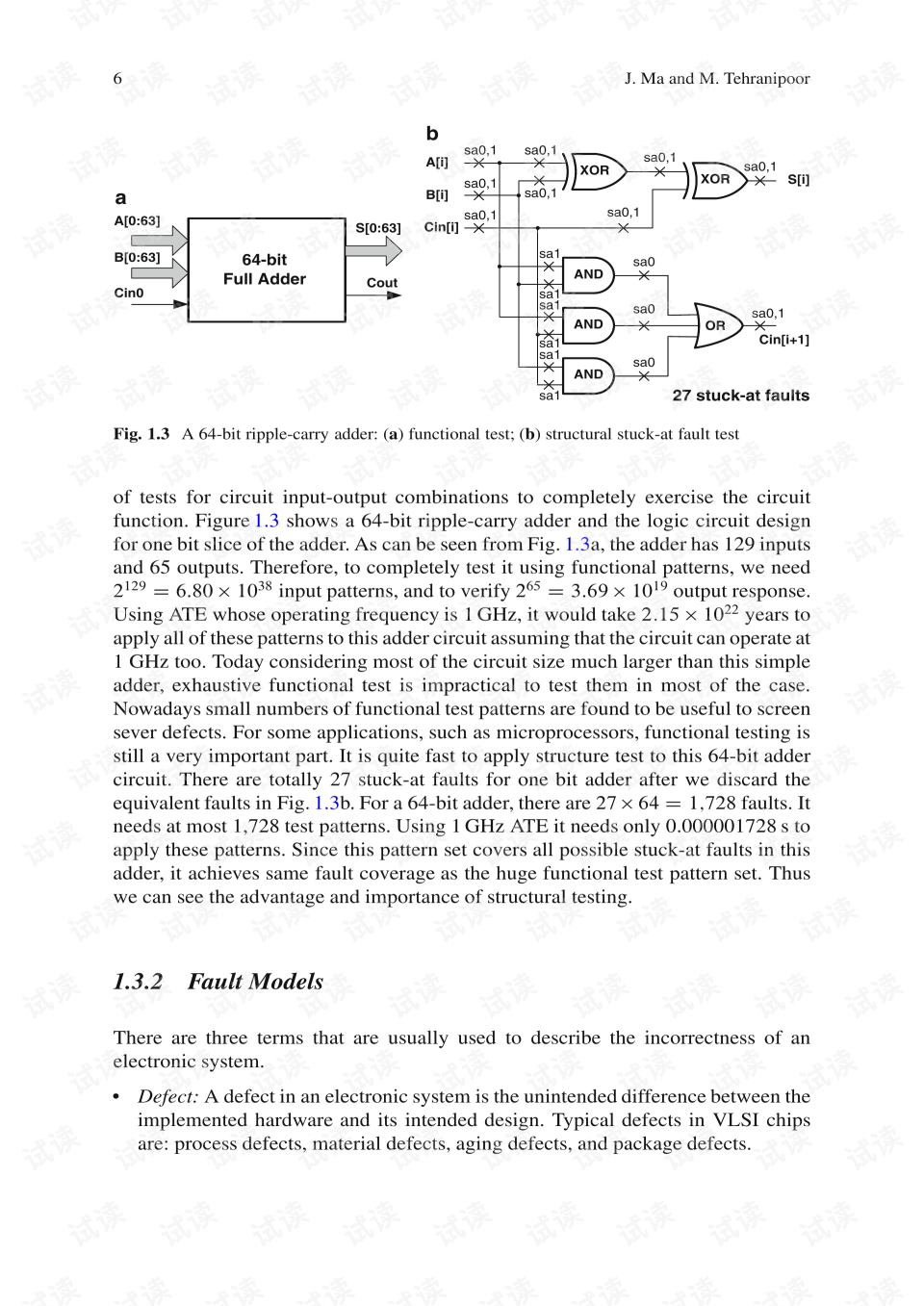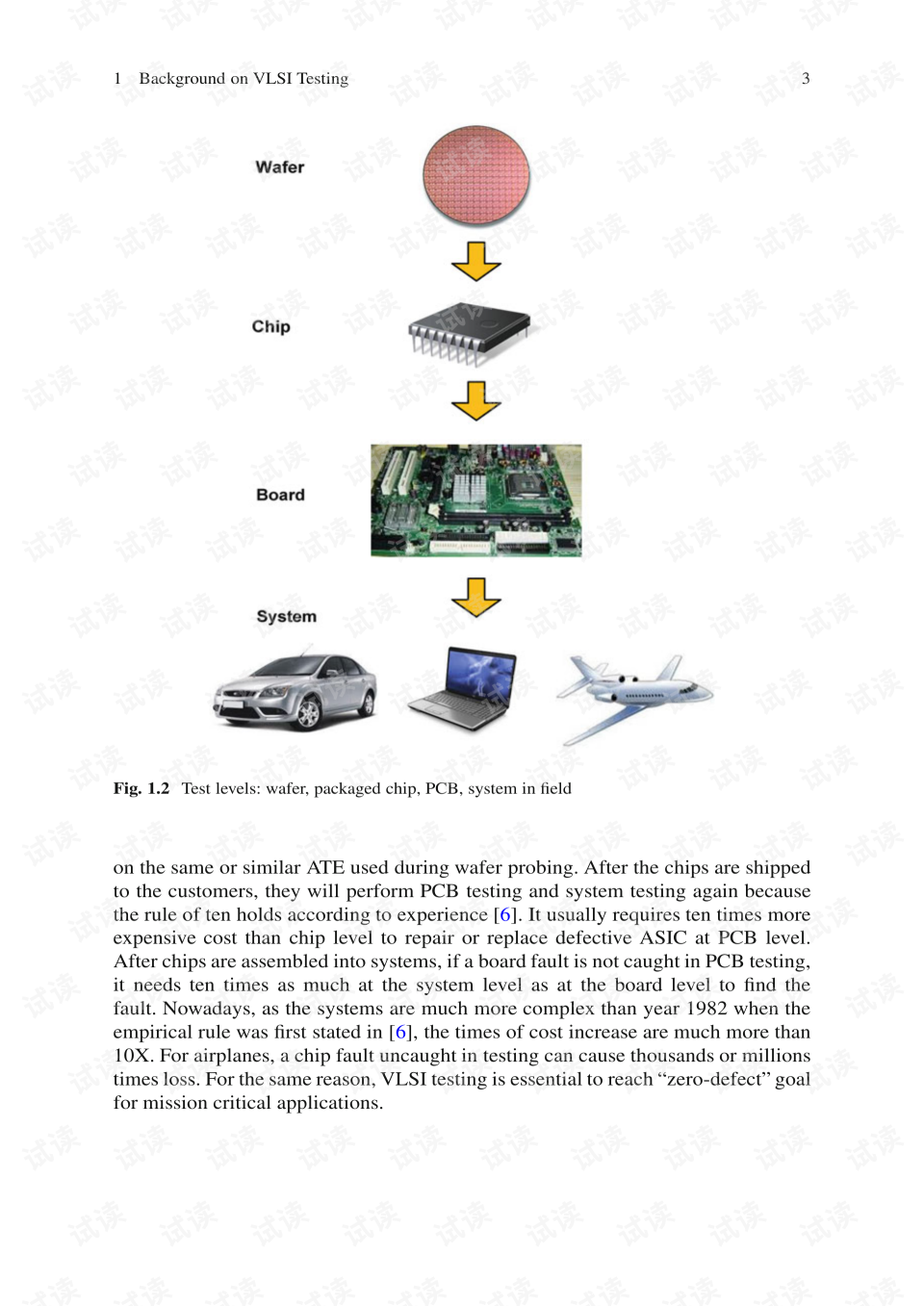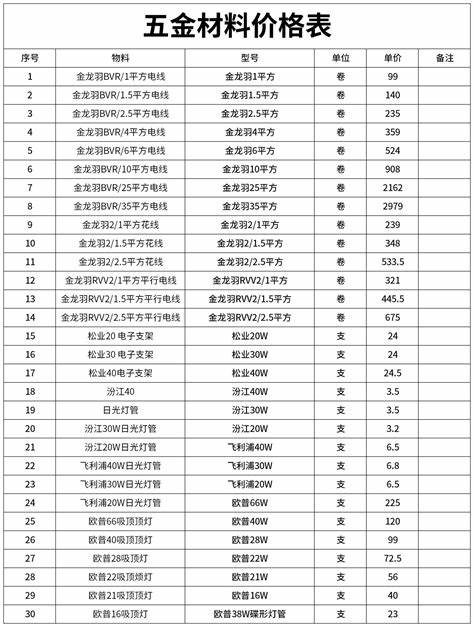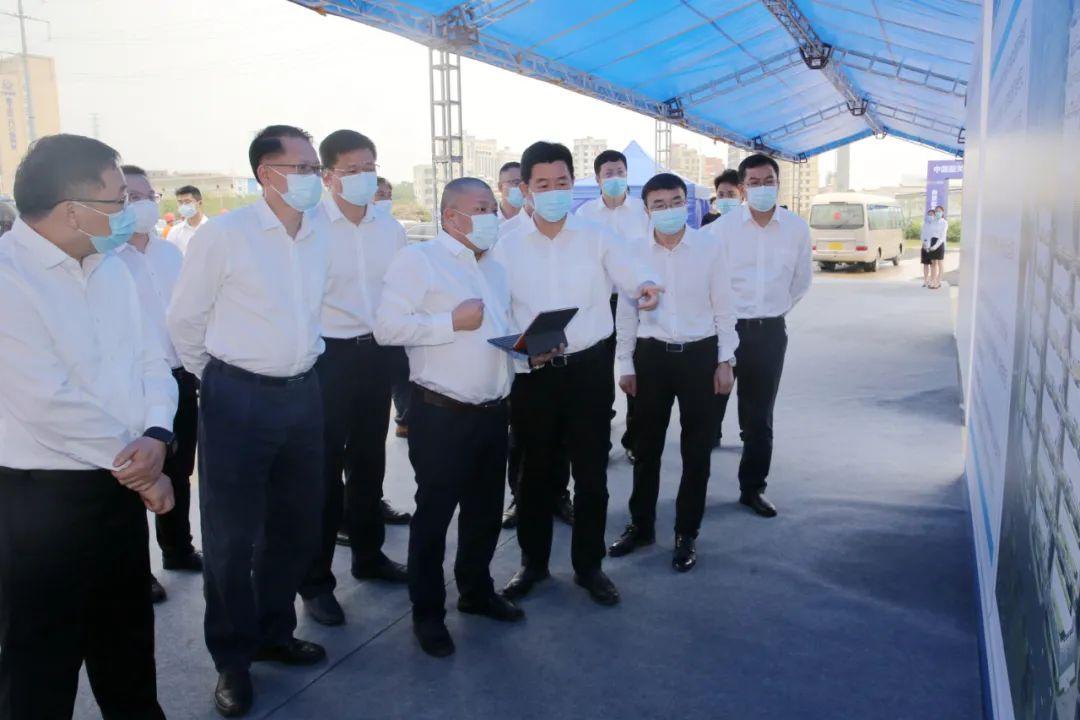Title: Introduction to Hardware Fittings
This article introduces hardware fittings, which are essential components in various engineering and construction applications. Hardware fittings are typically made from metal or plastic and are used to connect, support, or protect various systems and equipment. They are available in a wide range of shapes, sizes, and materials to meet different application requirements. Common types of hardware fittings include pipes fittings, valve fittings, and electrical fittings. Pipe fittings are used to connect pipes systems, while valve fittings control the flow of fluids or gases through a system. Electrical fittings, on the other hand, are used to terminate or connect electrical cables. Each type of hardware fitting has its own specific function and is designed to meet certain performance standards.
Hardware fittings are essential components in various industrial and construction applications. They serve to connect, support, and protect the components of a system, ensuring smooth and efficient operation. In this article, we will explore the diverse range of hardware fittings available, their purpose, and how they contribute to the overall functionality of a system.
Types of Hardware Fittings

1、Nuts and Bolts: These are the most basic types of hardware fittings, used to secure components together. Nuts are threaded fasteners that engage with bolts to create a secure connection. Bolts are long, threaded fasteners that are typically used in pairs with nuts to connect two or more components.
2、Screws: Screws are threaded fasteners that are driven into a substrate to secure it in place. They are commonly used in woodworking, metalworking, and plastic applications.
3、Washers: Washers are thin, flat pieces of metal or plastic that are placed between the head of a bolt or screw and the material being fastened. They provide a cushion between the two surfaces, preventing damage to the material being fastened and distributing the load more evenly.
4、Brackets: Brackets are metal pieces that hold components in place, often providing support for pipeswork, wiring, or other systems. They are available in various shapes and sizes to suit different applications.
5、Gaskets: Gaskets are thin, flexible seals that are used to prevent leakage between two surfaces. They are made from materials such as rubber, silicone, or PTFE (Teflon) and are often used in plumbing, automotive, and aerospace applications.
6、Sealants and Adhesives: These substances are used to fill gaps or joints between two surfaces to prevent leakage or provide additional support. Sealants are often applied in liquid form and then cured to form a solid seal, while adhesives are used to bond two surfaces together.
7、Fasteners: Fasteners are mechanical components that hold two or more parts together by friction or interference fit. Common fasteners include screws, bolts, nails, and rivets.
8、Pipes and Tubes: Pipes and tubes are hollow cylinders used to convey fluids or gases from one point to another. They are available in various materials such as steel, copper, plastic, and aluminum and come in a range of diameters and thicknesses to suit different applications.
9、Valves: Valves are devices that control the flow of fluids or gases through a pipe or tube system. They can be manual or automated and may include pressure relief, temperature control, and other functions depending on the application.
10、Flanges: Flanges are metal disks with raised edges that are used to connect pipes segments together or to provide a means of accessing the interior of a pipe for cleaning or maintenance purposes. They are typically welded or bolted onto the end of a pipe segment and may be made from the same material as the pipe or from a different material for increased durability or corrosion resistance.
11、Fitting Kits: Fitting kits contain a set of hardware fittings in standard sizes and shapes that are commonly used in specific applications such as plumbing, electrical wiring, or automotive repair. They provide a convenient way to have all the necessary fittings available in one place for quick and easy installation or repair work.
Purpose of Hardware Fittings

Hardware fittings serve a variety of purposes in different applications. Some common purposes include:
To connect two or more components securely together, preventing movement or detachment during operation
To provide support for systems such as piping, wiring, or machinery
To protect components from damage due to vibration, impact, or environmental factors such as corrosion or dust
To facilitate the installation, maintenance, or repair of systems by providing easy access to components for inspection and replacement
To control the flow of fluids or gases through systems by regulating pressure, temperature, or other parameters
To dissipate heat generated by systems to ensure optimal performance and longevity
To provide sealing functions to prevent leakage between two surfaces
To act as fasteners to hold components in place by friction or interference fit
Overall Functionality of Hardware Fittings in Systems
The overall functionality of hardware fittings in systems is crucial for ensuring smooth and efficient operation. By providing connections, support, protection, and other essential functions, hardware fittings play a vital role in maintaining the integrity and performance of systems in various applications such as construction, plumbing, electrical wiring, automotive repair, and more.
Articles related to the knowledge points of this article:
Title: Comprehensive Quotation Sheet for Professional Hardware Accessories in Guangdong
Guangdong Furniture Hardware Fittings Factory: Quality and Innovation
Title: 汕尾 - Your One-Stop Solution for Modern Hardware Parts Supply
Title: A Comprehensive Comparison of Hardware Parts Imported from Xuzhou: Price Comparison Analysis
Title: Understanding the Prices of Hardware Parts for ZHONGSHU Metal Therapy Device



